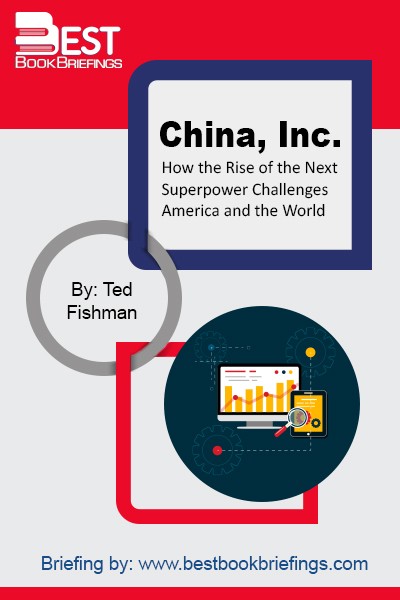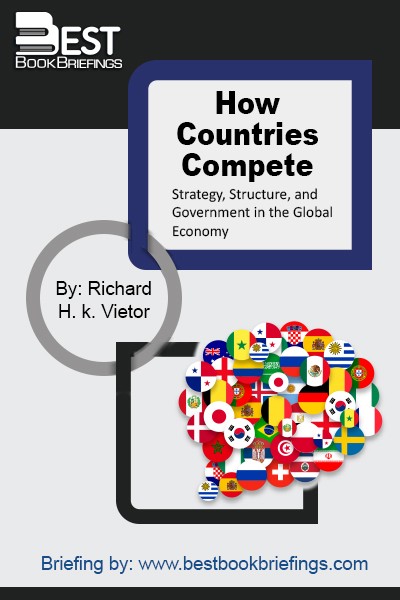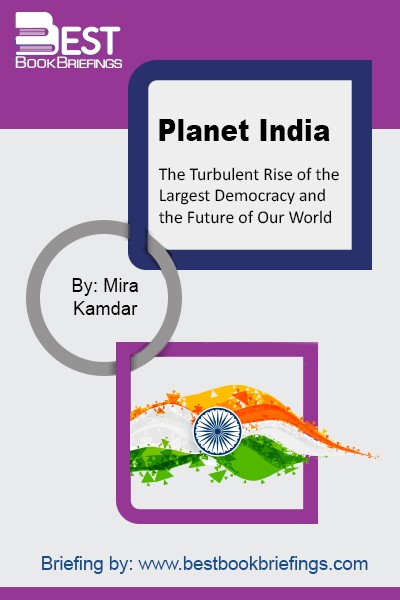Planet India
The Turbulent Rise of the Largest Democracy and the Future of Our World
Number of pages: 352
Publisher: Scribner
BBB Library: Corporate Success, Technology and Globalization
ISBN: 9780743296861
Editorial Review
India is everywhere - Indian studios produce animated features and special effects for Hollywood movies; Indian software manages our health records; and Indian customer service centres answer our calls. A country of English speakers and a free-market democracy, with the youngest population on Earth, India is not only the fastest growing market for the next new thing, but a source for the technological innovation that will drive the global economy. Yet, India is also in a race against time to bring the benefits of the twenty-first century to the 800 million Indians who live on less than £1 per day, and it must do so in a way that is environmentally sustainable and politically viable on a scale never before achieved. If India succeeds, it will not only save itself, it may save us all. If it fails, we will all suffer. As goes India, so goes the world. Like CHINA, INC, published in 2006 by S&S, PLANET INDIA will capture and catalyze the growing interest in this rising power. With in-depth research, interviews and provocative analysis, Mira Kamdar offers a penetrating view of India and its cultural and economic impact on the world. From Bollywood to the Indian diaspora to India's effect on global politics she reports on the people, companies and places shaping the new India. Kamdar examines the challenges India faces while celebrating India's tremendous vitality and the opportunities this Asian democracy has to shape its own and all of our destinies.
Book Reviews
Books on Related Topics

When scholars write the history of the world twenty years from now, and they come to the chapter Y2K to March 2004, what will they say was the most crucial development? The attacks on the World Trade Center on 9/11 and the Iraq war? Or the convergence of technology and events

During election campaigns myths about the candidates are formed to polish their image before the voters. Like all campaigns, the Trump campaign has formed a polished image of him in an exceptional skill and determination. In this book, we try to unveil the real story of Trump as the journalist David

China today is visible everywhere—in the news, in the economic pressures battering the globe, in our workplaces, and in every trip to the store. Provocative, timely, and essential—and updated with new statistics and information—this dramatic account of China's growing dominance as an industrial superpower by journalist Ted C. Fishman explains how

Business and political leaders often talk about what their respective countries must do to compete in the world economy. But what does it really mean for a country to compete, and how do they do this successfully? Countries develop strategies to compete for the markets, technologies, skills, and investment that will

Jaron Lanier is the father of virtual reality and one of the world’s most brilliant thinkers. Who Owns the Future? is his visionary reckoning with the most urgent economic and social trend of our age: the poisonous concentration of money and power in our digital networks.



